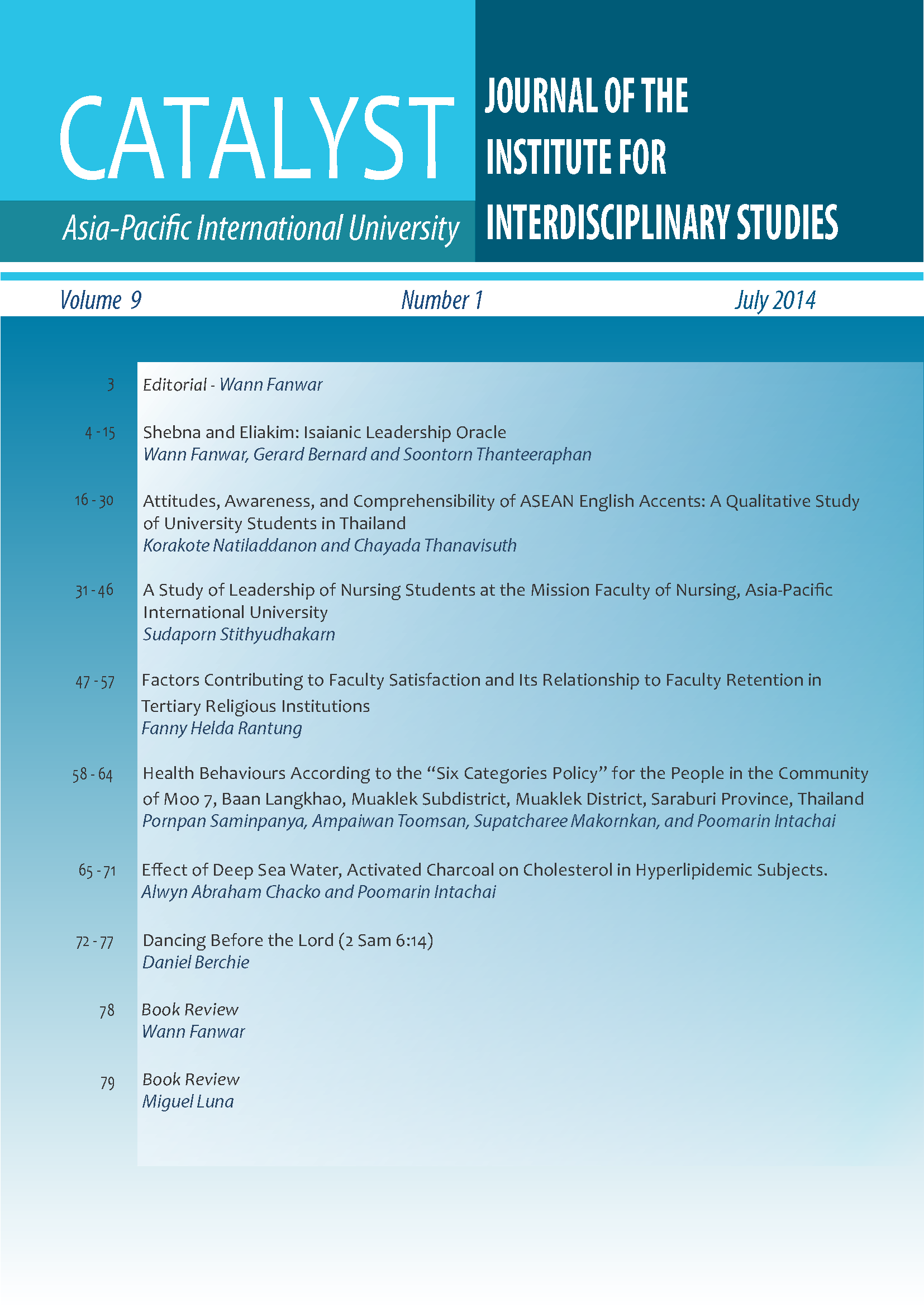More Fun with Pythagoras
Main Article Content
Abstract
Students may be introduced to a set of formulae that defines all primitive Pythagorean triples: For all positive integers i and j where i is an uneven number and j is an even number and i and j have no common factors, h = i2 + ij + j2/2, e = ij + j2/2, u = i2 + ij where h is the hypotenuse, e is the even-numbered leg and u is the uneven-numbered leg of the Pythagorean triangle. A collection of well-defined subsets of the universal set of triangles described by i and j form sequences of triangles that approach in proportion a triangle which has one side defined by an irrational number while the other two are positive integers. This also creates sequences of rational numbers that approach an irrational limit. Finding and defining these series of triangles and numbers require the use of good algebra, giving relevance to the student’s learning of factorising and manipulating algebraic expressions.
Article Details

This work is licensed under a Creative Commons Attribution-NonCommercial-NoDerivatives 4.0 International License.
Copyright: Asia-Pacific International University reserve exclusive rights to publish, reproduce and distribute the manuscript and all contents therein.
References
Bredenkamp, M. W. (2013). Series of primitive right-angled triangles. Applied and Computational Mathematics, 2, 42-53.
Fibonacci, L. P. (1225). Liber quadratorum.
Fibonacci, L. P. (1987).The book of squares (liber quadratorum): An annotated translation into modern English by L. E. Sigler. Orlando: Academic Press.
Stifel, M. (1544). Arithmetica integra.
Ozanam, J. (1814). Recreations in mathematics and natural philosophy.
Ozanam, J. (1844). Science and natural philosophy: Dr. Hutton’s translation of montucla’s edition of Ozanam. London.


